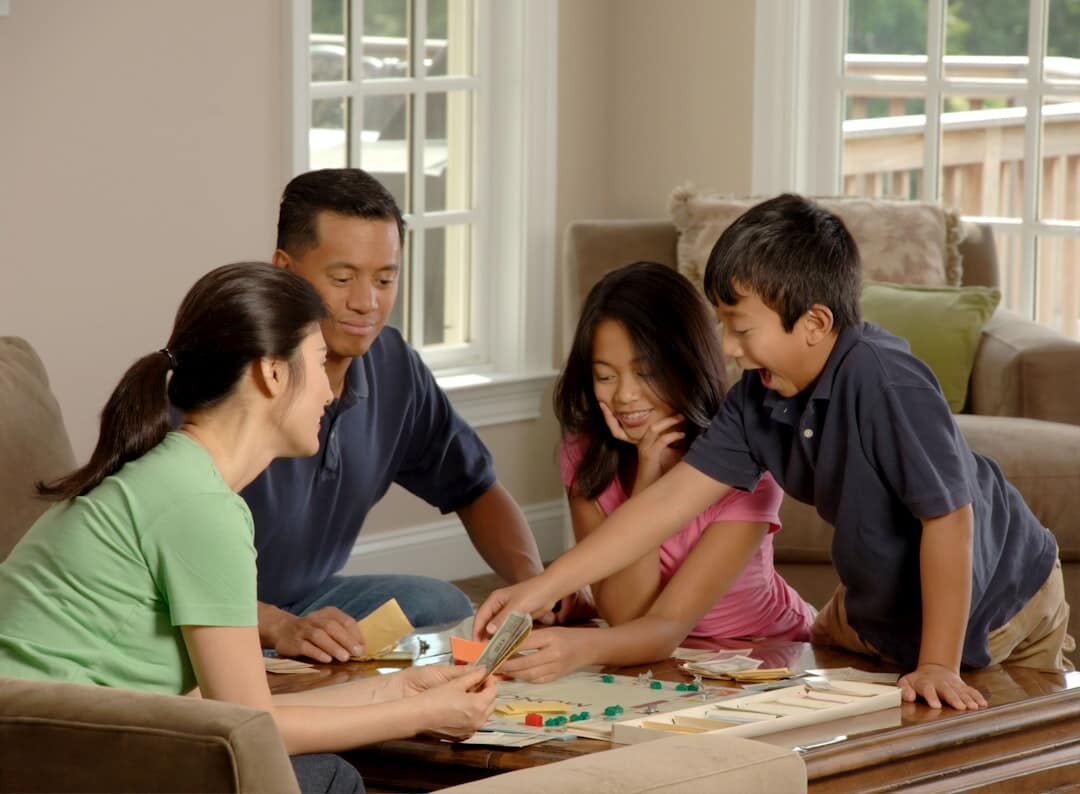
So, you’re curious about scratch coding. Maybe you’re a parent introducing your kids to technology, or perhaps an educator seeking interactive teaching tools. Either way, you’ve found the perfect resource to learn scratch. This exploration of scratch coding covers everything from its simple beginnings to its potential.
Scratch coding is an accessible entry point into computer programming. It lets young learners make interactive stories, games, and animations using a drag-and-drop interface.
Table of Contents:
- What is Scratch Coding?
- Getting Started with Scratch Coding
- Scratch Coding Beyond the Basics
- FAQs about scratch coding
- Conclusion
What is Scratch Coding?
Scratch coding is a visual programming language from the MIT Media Lab. Launched in 2007 by the Scratch Foundation, it removes complex syntax, making it ideal for beginners. Kids connect colorful coding blocks like puzzle pieces to build programs. This helps children ages 8 – 16 start coding quickly.
This method simplifies coding concepts. It helps children learn scratch without getting stuck on text-based coding challenges.
The Benefits of Scratch Coding for Young Learners
Scratch coding is fun and educational. The coding platform nurtures crucial skills like computational thinking, and creativity.
Kids break down complex problems into smaller steps, a core computer science principle. This helps them tackle challenges with a structured mindset. They create animations using their learned skills.
As kids build, they improve their storytelling. They turn ideas into interactive projects using digital art. Features like animation and sound effects bring projects to life, motivating them to experiment and building their confidence.
Collaboration with peers via online scratch communities gives feedback. This supportive ecosystem helps young learners keep improving.
Collaboration teaches teamwork. It also expands creative horizons through knowledge sharing. This creates excitement about computer programming and STEM fields.
Getting Started with Scratch Coding
Starting with scratch coding is simple. The Scratch platform is free online at scratch.mit.edu, and an offline editor that can be downloaded works without internet access.
The platform’s user-friendly interface greets you. It has a stage for creations, a library of sprites (characters and objects), and colorful coding blocks organized by function. You will need to create animations in order to start coding.
Creating Your First Scratch Project
Even with zero coding knowledge, you can start coding. Resources like The Official ScratchJr Book and ScratchJr Coding Cards make Scratch easy. These are great for adults helping young coders. You will create animations when started coding.
Here’s a simple scratch project idea:
- Choose a sprite: Pick a character or object, or draw your own.
- Add motion: Use motion blocks to make your sprite move. Try gliding, jumping, or rotating.
- Add sounds: Explore the sound library, adding music or effects. Record your own voices.
- Add interactions: With “Events” blocks, trigger actions when the user interacts.
Experiment. Play around, see what each block does. Soon, you’ll create your first interactive animation or game.
Scratch Coding Beyond the Basics
Scratch is constantly evolving. Newer versions include text-based programming elements, which helps kids transition to more advanced languages. This visual interface makes scratch coding an easy programming language to start.
Scratch coding builds a foundation. It introduces core concepts for all programming languages. Young Scratch enthusiasts can move to text-based programming like Python or JavaScript.
Scratch’s Growing Popularity and Recognition
Scratch’s success as an educational tool is well known. Organizations like the LEGO Foundation support its growth with grants and partnerships.
Scratch is highly ranked in the TIOBE Index. This demonstrates its validity among established programming languages.
FAQs about scratch coding
Is Scratch better than Python?
It depends on the user. Scratch excels for introducing coding to beginners with its visual format. Python, a text-based language, suits advanced applications.
Both have their place. The choice depends on experience and goals. Each programming language is important for the code editor.
What is Scratch code?
Scratch “code” isn’t traditional text. It’s a system of visual blocks. Learners arrange them to create program actions.
This arrangement dictates what happens on screen. Aspiring creators learn logic and programming flow by dragging and dropping blocks.
Is Scratch ok for kids?
Yes. Scratch’s main audience is young beginners. It’s a kid-friendly environment, even for adults new to coding.
Its simplicity engages learners quickly. Anyone wanting to write code can easily learn scratch.
Is Scratch coding free?
Yes, both the online platform and offline editor are free. There are no hidden costs or fees.
Conclusion
Scratch coding opens doors for anyone. Anyone can create games, animations, and digital projects. The ease of starting is surprising to young learners. You’ll be able to write code and learn the coding platform faster than other programming languages.
Young creators develop valuable skills. They gain logical thinking, problem-solving, and storytelling through creative projects. This prepares them for future tech ventures like Tynker and beyond.
Whether exploring code for fun or considering a tech career, start with Scratch or Tynker. It’s a stepping stone in our fast-changing world.




